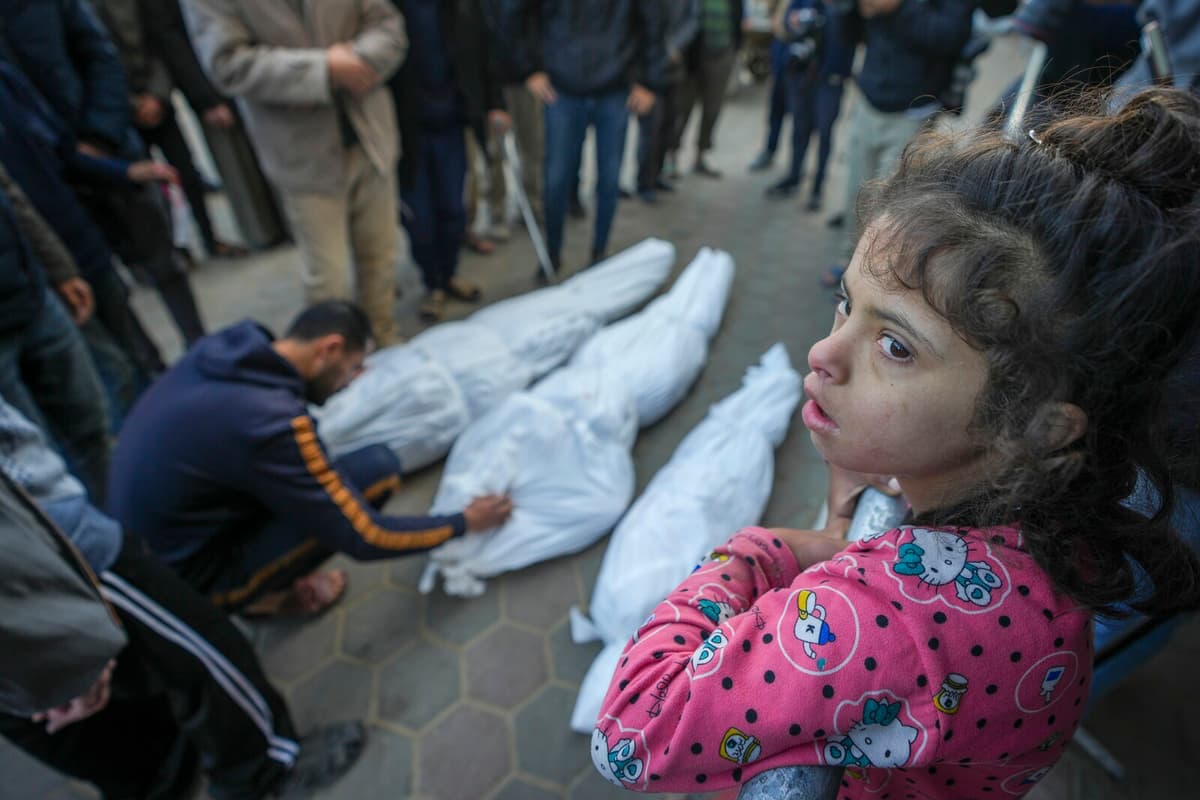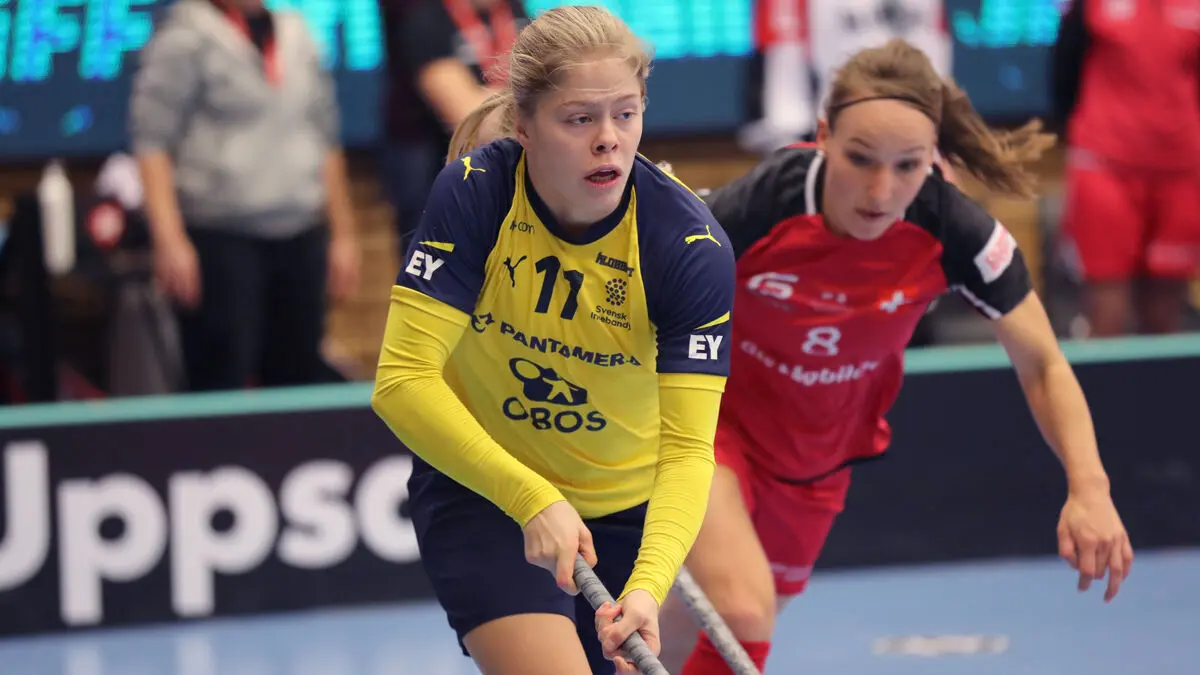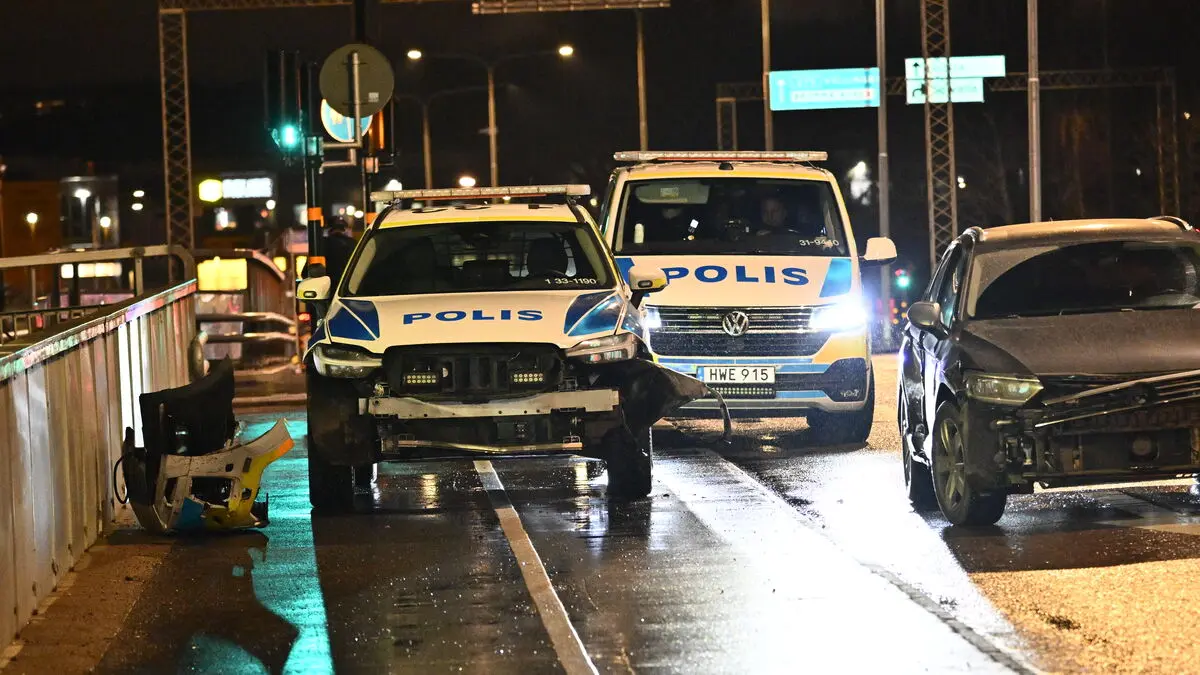It didn't take many minutes after Wednesday's announcement about the ceasefire before the cracks became visible.
Israel accused Hamas of trying to back out of vital parts, which the Palestinian movement denied. Thursday's meeting where Israel was to formally give the agreement the green light was postponed until Friday.
At the same time, new bombs fell over the Gaza Strip. Half a day after the announcement of an agreement, reports emerged of over 70 dead.
Popular Demands
Middle East expert Isabell Schierenbeck, professor of political science at the University of Gothenburg, notes that the situation is extremely fragile. But she believes that the agreed ceasefire will come into effect on Sunday.
I believe it is likely. The pressure on the parties and mediators from the outgoing and incoming presidents of the USA, that they have gone out and proclaimed that there is a deal, is very important here. But then the parties are also in a situation that looks different than before.
On the Israeli side, there are political divisions and, as more soldiers die, increased popular demands for peace and prisoner exchange agreements, says Schierenbeck. At the same time, Hamas is severely weakened: its leadership is largely eliminated, its arms supply is strangled, and its allies in Lebanon and Iran have lost ground.
Critical voices against Hamas are also being heard from the population in Gaza, she says.
Border Drawing
The ceasefire is divided into three phases. Schierenbeck doubts that they will unfold without friction.
There will definitely be bigger or smaller problems along the way.
The parties will have to accept various violations, she predicts. In the absence of international observers, Israel and Hamas are largely left to decide for themselves where the border goes. When things heat up, a great responsibility lies with the mediators.
Usually, you can turn a blind eye to smaller violations. But if they become too many and too large, it won't work anymore.
Big Difference
The formulations regarding the duration of the ceasefire have been one of the major stumbling blocks during the negotiations, which has raised concerns that the parties do not really want lasting peace. Isabell Schierenbeck says it is difficult to know.
Israel may not think it has achieved all its goals with the war, the same with Hamas. Now it's about how the parties manage to sell the ceasefire to their respective populations – how they argue that they are emerging victorious from the whole thing.
But regardless of how long the ceasefire lasts, it will make a big difference. Both for the civilian population in Gaza and for the families in Israel who get their loved ones back.
At 12:15 on Sunday, all weapons will be laid down and all violence will cease for six weeks.
During that time, new negotiations will be held on how the parties will proceed in phase two and three.
Much is still unclear, but the overall goal is a prisoner exchange and to "return to a sustainable calm" to achieve a permanent ceasefire between the parties, according to a copy of the agreement obtained by The Times of Israel.
In the first phase of the agreement, 33 Israeli prisoners will be released in exchange for a large number of Palestinians imprisoned in Israel. Further prisoner exchanges will take place in later stages.
In the third phase, Israel will completely leave the Gaza Strip and a reconstruction plan for Gaza's future will be initiated under international supervision.





